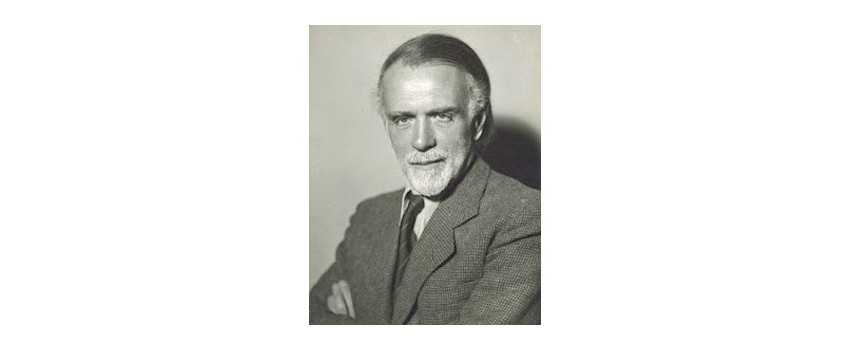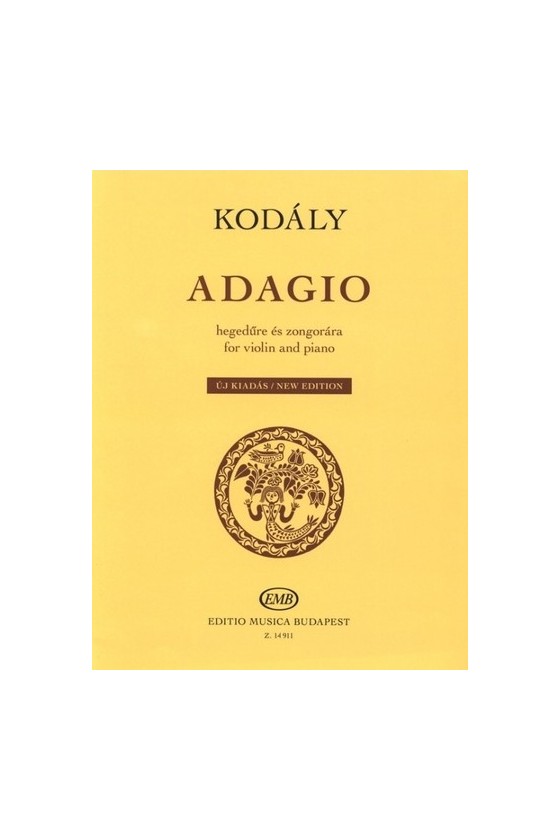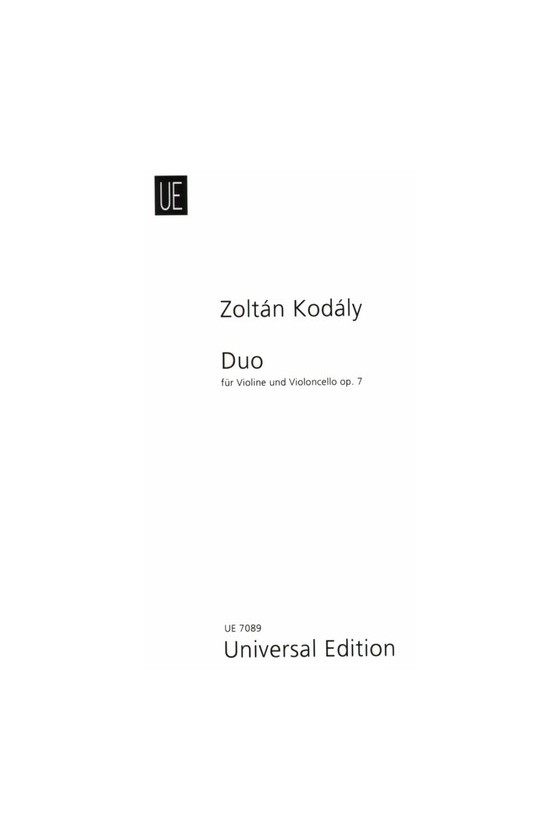Kodaly, Zoltan
Zoltán Kodály, born on December 16, 1882, in Kecskemét, Austria-Hungary (now Hungary), was a renowned composer and a leading authority on Hungarian folk music. His contributions to music education and his immense impact on the dissemination of music in Hungary have made him an influential figure in the field. From his early days as a chorister in Nagyszombat to his extensive travels in search of folk-song origins, Kodály's journey was marked by a deep connection to his Hungarian roots and a passion for preserving and promoting his country's musical heritage.
Early Years and Musical Education
Zoltán Kodály's musical journey began in Nagyszombat, Austria-Hungary (now Trnava, Slovakia), where he served as a chorister during his childhood. It was during this time that he composed his first works, showcasing his innate talent and burgeoning passion for music. His formal musical education began when he enrolled in composition studies in Budapest in 1902. As he delved deeper into the world of music, Kodály became increasingly fascinated by Hungarian folk songs and their unique melodies and rhythms.
The Exploration of Folk Music
In the years leading up to his graduation from Budapest University, Kodály embarked on a quest to discover the origins of Hungarian folk songs. This was a pivotal period in his life, as he traveled across the country, immersing himself in the rich tapestry of traditional Hungarian music. His extensive research and fieldwork laid the foundation for his future collaborations and contributions to the preservation of Hungarian folk music.
Collaboration with Béla Bartók
One of the most significant partnerships in Kodály's career was his collaboration with fellow composer Béla Bartók. The two musicians shared a deep passion for preserving and promoting Hungarian folk music, and their joint efforts resulted in groundbreaking collections of folk songs. Between 1906 and 1921, Kodály and Bartók worked together on the release of folk song editions, culminating in the establishment of Corpus Musicae Popularis Hungariae in 1951. This collection served as a vital resource for researchers and musicians alike, preserving the rich musical heritage of Hungary.
Musical Style and Influences
Kodály's musical style was shaped by various influences, including Hungarian folk music, contemporary French music, and the sacred music of the Italian Renaissance. His compositions exuded a romantic flavor, characterized by lush melodies and harmonies that showcased his deep appreciation for his cultural heritage. While Kodály's style differed from Bartók's more percussive approach, both composers shared a commitment to incorporating folk elements into their works.
Notable Works
Throughout his prolific career, Kodály composed a diverse range of works that showcased his mastery of various musical forms. Some of his most notable compositions include:
Psalmus Hungaricus (1923)
Composed to celebrate the 50th anniversary of the union of Buda and Pest, Psalmus Hungaricus is a choral composition that captures the essence of Hungarian culture. With its soaring melodies and powerful choral arrangements, this piece stands as a testament to Kodály's ability to infuse his music with a deep sense of national pride.
Háry János (1926)
Háry János is a comedic opera that tells the story of a Hungarian soldier's exaggerated tales of heroism. This light-hearted and whimsical work showcases Kodály's ability to blend humor and music, creating a delightful experience for audiences.
Marosszék Dances (1930) and Dances of Galánta (1933)
Kodály's collections of Hungarian dances for orchestra, including Marosszék Dances and Dances of Galánta, pay homage to the vibrant and energetic traditional dances of Hungary. These compositions capture the spirit of Hungarian folk music, infusing it with Kodály's unique musical language.
Te Deum (1936) and Missa Brevis (1942)
Kodály's sacred works, including Te Deum and Missa Brevis, demonstrate his ability to create deeply spiritual and emotive compositions. These pieces showcase his command of choral writing and his skill in crafting rich harmonies that resonate with listeners.
Symphony in Die ungarische Volksmusik (1956; Folk Music of Hungary)
Kodály's Symphony in Die ungarische Volksmusik, also known as Folk Music of Hungary, is a testament to his lifelong dedication to the preservation and promotion of Hungarian folk music. This symphony weaves together traditional melodies and rhythms, paying homage to the musical traditions of his homeland.
Legacy and Scholarly Works
In addition to his compositions, Kodály made significant contributions to the field of music education and scholarship. His writings on music theory and pedagogy have been influential in shaping music education practices, not just in Hungary but around the world. Kodály's commitment to ensuring that music education was accessible to all led to the development of the Kodály Method, a renowned approach to music education that emphasizes ear training and the use of folk songs.
The Chosen Writings of Zoltán Kodály
In 1974, Ferenc Bónis edited The Chosen Writings of Zoltán Kodály, a compilation of Kodály's writings on music, folklore, and education. This collection, translated from Hungarian by Lili Halápy and Fred Macnicol, offers valuable insights into Kodály's thoughts and ideas, further cementing his legacy as a visionary composer and educator.
Conclusion
Zoltán Kodály's life and music continue to inspire and captivate audiences around the world. His deep connection to Hungarian folk music, coupled with his innovative approach to music education, has left an indelible mark on the musical landscape. Through his compositions, collaborations, and scholarly works, Kodály has ensured that the rich traditions of Hungarian music will be cherished and celebrated for generations to come.



